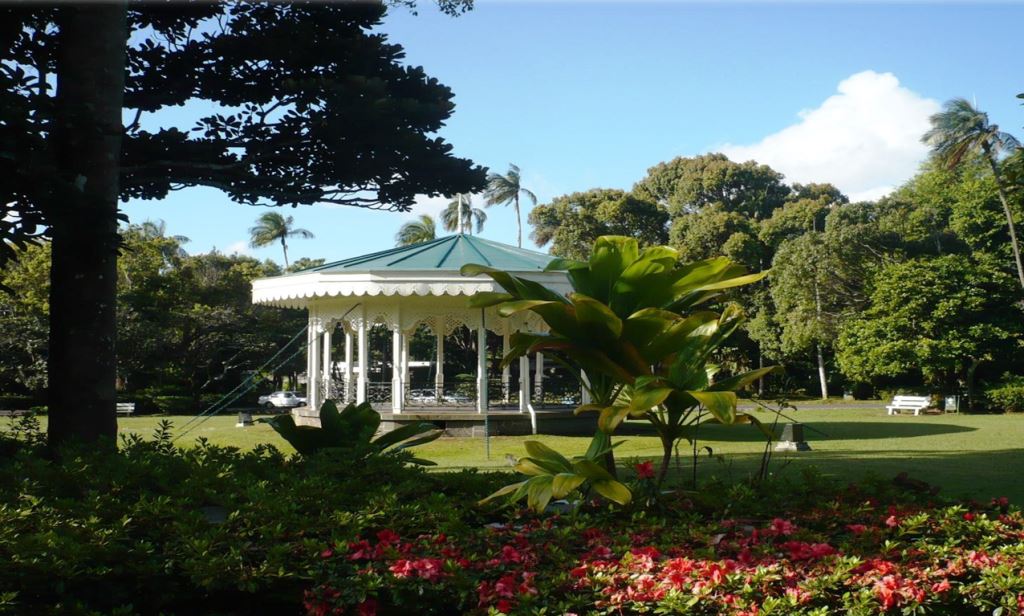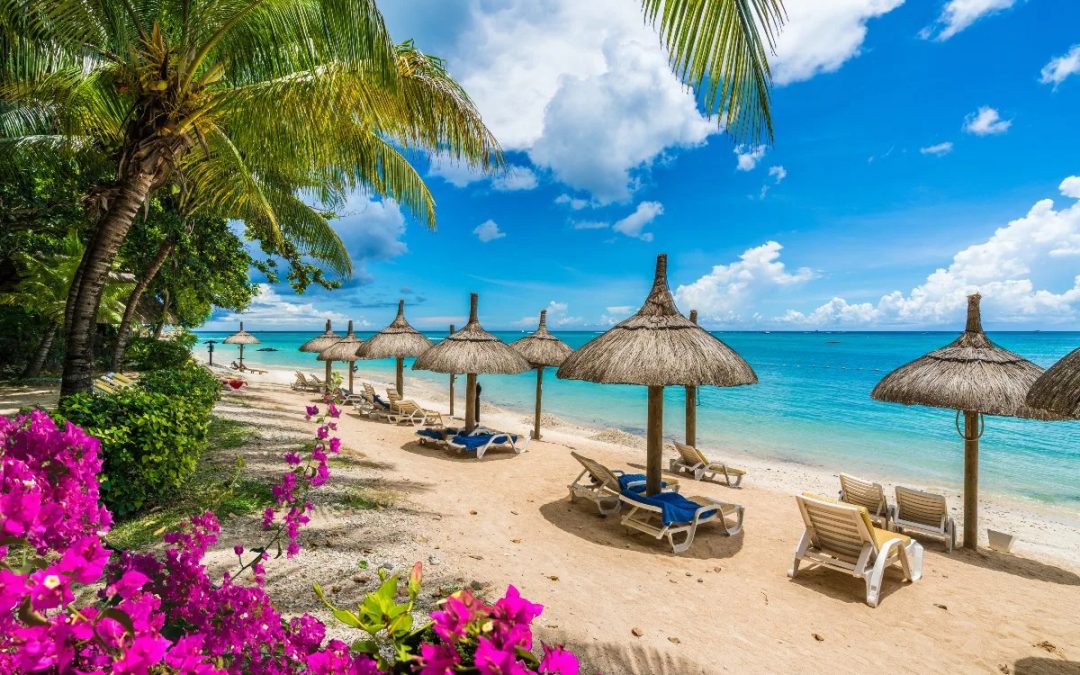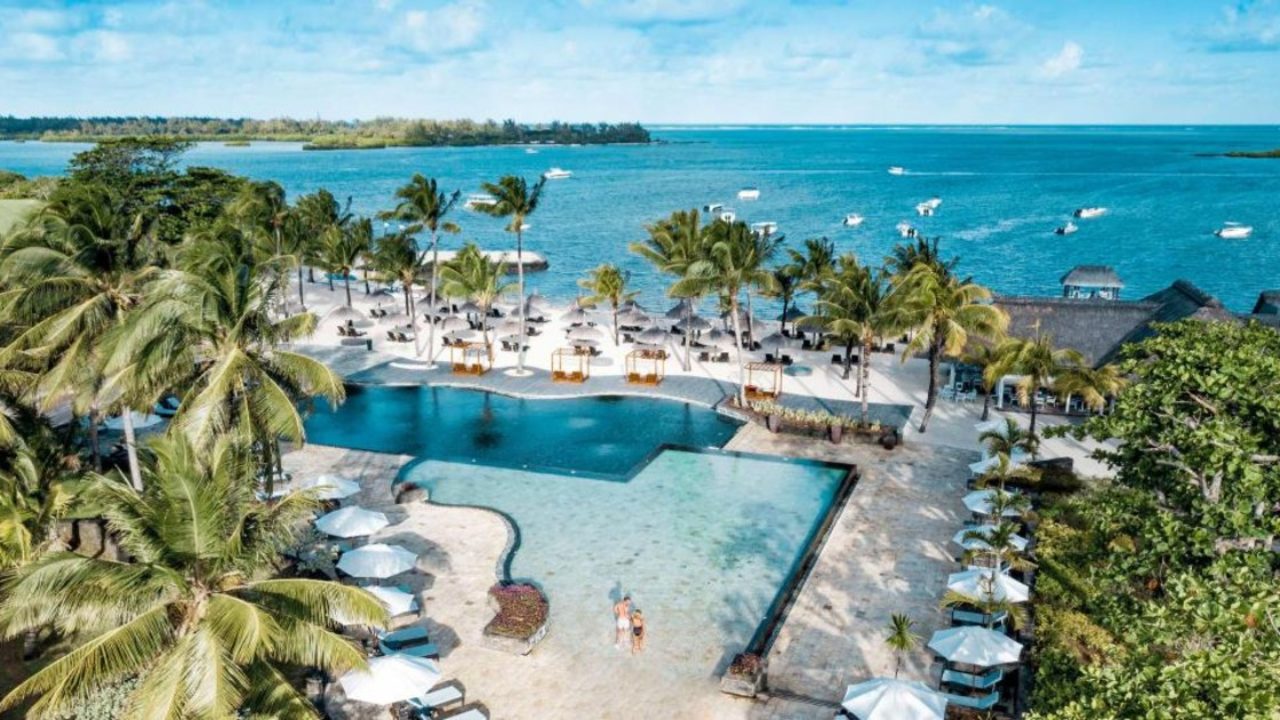Curepipe Curepipe is by far one of the most densely populated areas within Central Mauritius, and...


Curepipe Curepipe is by far one of the most densely populated areas within Central Mauritius, and...
Features information that is relevant to travellers who are thinking about and actively planning a visit to Mauritus.

With the successful vaccination rollout, Mauritius is allowing vaccinated travelers from 1st September 2021 to spend only 7 days in a special ‘resort bubble’ hotel before going out to discover the island. From 1st October 2021 all vaccinated travelers, who present a negative PCR test taken 72 hours prior to embarkation, will be allowed to enter and travel freely.
The Mauritian government vaccinated tourism workers and hotel staff to make it safe for international travelers.

Flights from Europe and the Middle East is currently provided by Air Mauritius, Emirates, Turkish Airlines, Air France, Kenya Airways and British Airways. At this time of year, visitors will find the perfect climate for enjoying the various outdoor activities Mauritius has to offer, such as hiking, kite surfing, water sports, as well as of course relaxing on the country’s world-renowned beaches.

Mauritius opened for international travel in the middle of July. Vaccinated guests could spend 14 days in a special ‘resort bubble’ hotel before going on to discover more of the Indian Ocean paradise.
Your travel here can satisfy your short break for shopping, partying, sunbathing, fine dining, sporting events, and even a few sinful pleasures
A holiday in Mauritius is most likely to be an unforgettable experience for you. You are bound to have a paradise filled holiday with white sand, swaying palm trees and not to forget the crystal clear waters. The climate in Mauritius is tropical which sometimes maybe altered by the southeast trade winds. The country usually has its warm, dry winter in between May and October. And Mauritius’s hot summer usually takes place November to May. One important thing you should take note of is that the country is usually affected by cyclones in between November and April, so it would be a good idea to keep this in mind when you start planning your holiday here. And as for the language spoken in Mauritius English is the first language but most citizens here are bilingual with Creole or French being their other main language.
No tags for this post.Northern Mauritius has many highly popular locations such as Grand Baie, Trou aux Biches and Pamplemousses. There are some great holiday resorts along the northern coastline. From Port Louis there are several bus services that go to the popular regions in the North.
It’s one of Mauritius’s most happening and popular areas, and with a multitude of quality resorts and a superb range of activities you can see why. Trou Aux Biches is particularly good as far as water sports is concerned – there’s a lot to do including diving, snorkelling, parasailing, water skiing and more. Slightly north to Trou Aux Biches is Mont Choisy and between these two locations there are a multitude of good quality restaurants.
As you might expect there are a good variety of top and medium end resorts in Trou Aux Biches. There are also a couple of lower cost guest houses such as Villa Kissen which is slap bang in the middle of the area. There’s not much else as far as lower cost accommodation is concerned but if you have a moderate budget then there’s a great choice around.
The huge Trou Aux Biches hotel has its own casino and the immaculate grounds boasts a golf course to boot. There are several other hotels and resorts within this area including:
The Trou Aux Biches region is undergoing serious development – new hotels, villas and beach houses are springing up at pace – among the new structures are some very good restaurants, so those staying in and around the Trou Aux Biches area will have no shortage of eateries to tuck into.
Among the classier places to eat are a variety of seafood places (Le Mouillage and Le Pescatore). Not in the mood for fish? No problem, there are several more places to eat such as La Bella Vita which serves up classic Italian cuisine and Le Marmite Mauricienne which offers a huge menu that includes just about everything from sandwiches to cooked Indian food.
If you need something on a more budget friendly level then Popo supermarket is available to buy basic groceries.
No tags for this post.Mauritius has an enviable climate – temperatures rarely dip below 16c (and that’s in the heart of it’s winter). In contrast, at the heights of summer, the temperature can climb to the mid thirties. There can also be a significant difference in temperature based on where on the island you find yourself – Mauritius has a varied landscape with a mix of mountains and wetlands, all of which see different temperatures and rainfall.
In the past Mauritius has been hit by cyclones – while this is rare, the cyclone season tends to be between December and March. During this time, Mauritius can face quite a few rain showers. Mauritius also has what’s known as a micro climate – this means that there could be severe rain at one point, and absolute sunshine just a km or so away.
Despite the above, generally Mauritius enjoys a fairly constant climate which means that it’s a holiday destination which is good any time of the year.
Of course, these are average temperatures – there tend to be differences based on your location within Mauritius. For example, North tends to enjoy slightly higher temperatures than the East and South and the lowest average temperatures are within the centre of the island.
When rain falls in Mauritius it tends to be for brief periods. The rainy season (Dec to Mar) tends to have the most rainfall. The wettest months going on averages are January to March where you can expect between seven to nine rainy days (where rainfall is over 5mm). August to November tend to have the lowest rainfall with as little as two rainy days of 5mm+ rainfall.